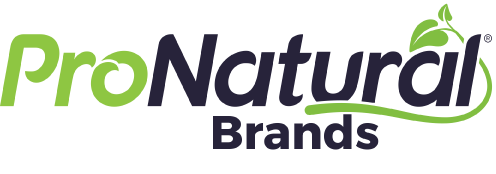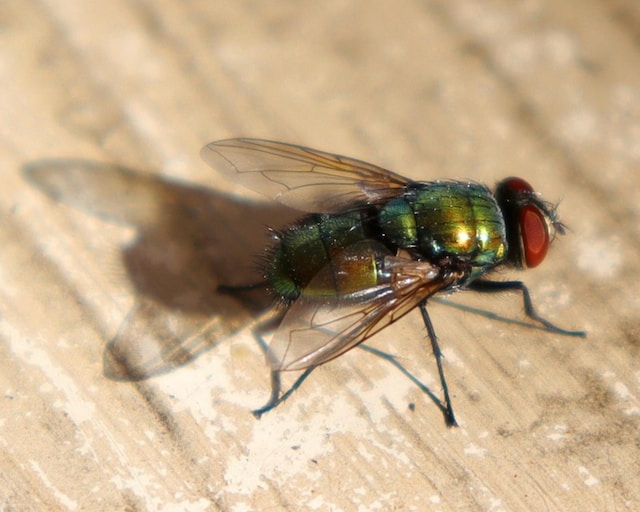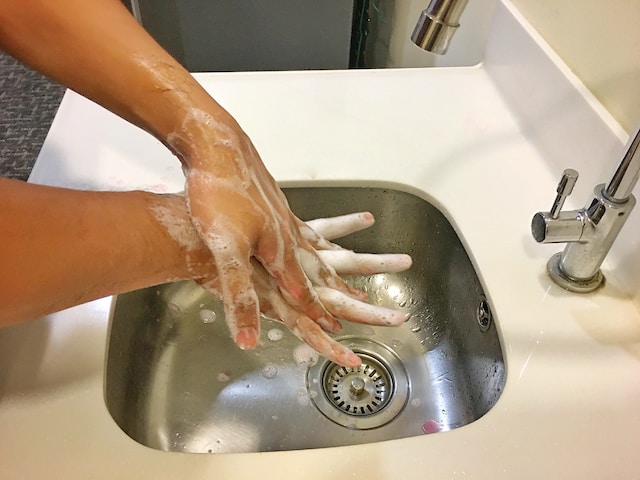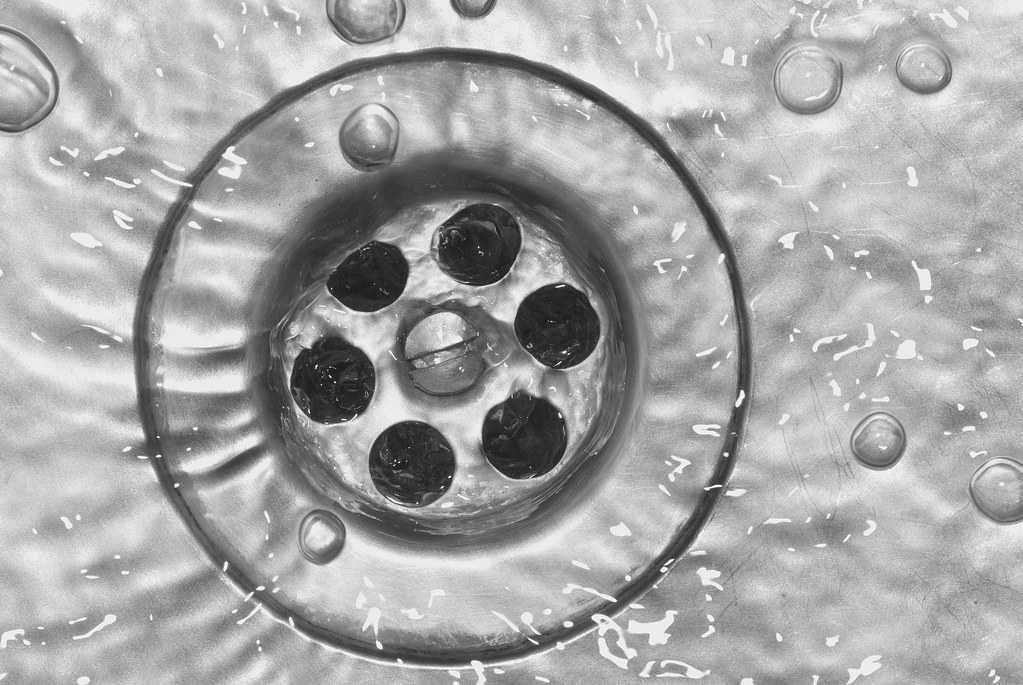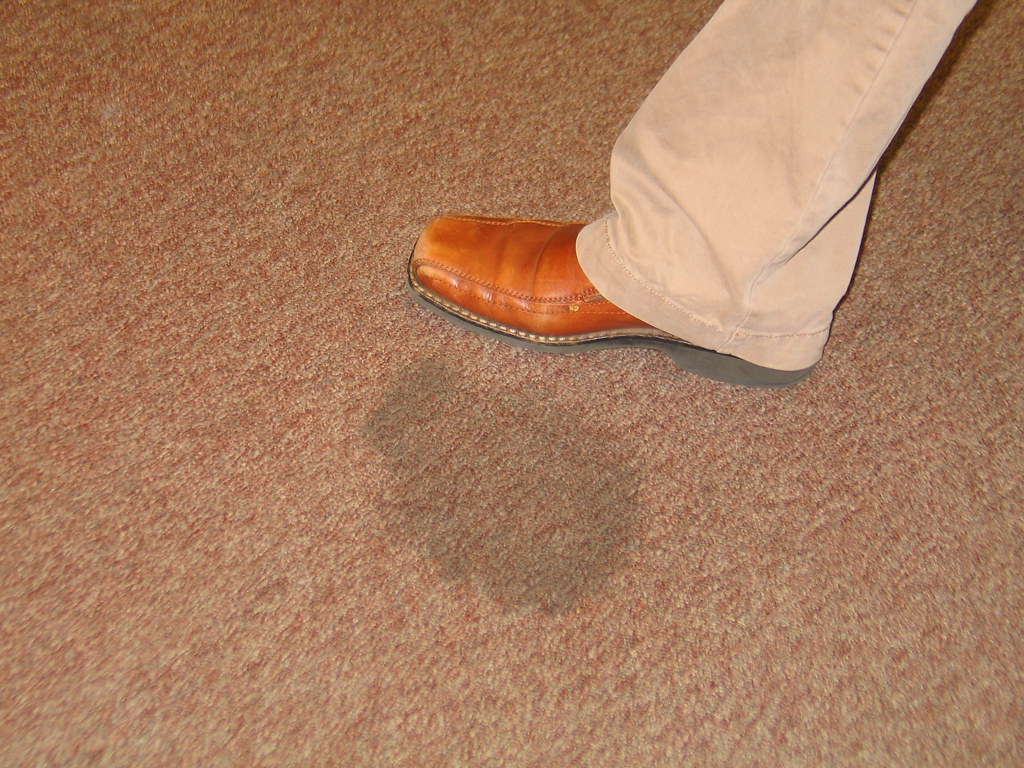The pandemic has really upset the apple cart regarding cleaning, sanitizing, and disinfecting.
ProNatural Brands, LLC, wants to straighten things out a bit, starting with some definitions.
First, cleaning is not sanitizing, and sanitizing is not disinfecting. When we clean, we remove soil and debris from surfaces. However, cleaning is not designed to remove or eliminate pathogens from the surface. For that, we need to use a sanitizer or disinfectant.
Here’s what to know about sanitizers and disinfectants:
A sanitizer reduces the number of pathogens on a surface so that it is considered safe by public health standards.
A disinfectant, however, eliminates nearly all the germs, bacteria, and pathogens on a surface per the “kill claims” on the product label. These kill claims list the actual pathogens the disinfectant is designed to kill. For instance, our LEXX(R) Disinfectant and Cleaning Solutions is engineered to eliminate the following, potentially health-risking pathogens when on a surface:
· Staphylococcus aureus
· Pseudomonas aeruginosa
· Escherichia Coli
· Klebsiella pneumoniae
· Acinetobacter baumannii
· MRSA
· Norovirus
So, does this mean cleaning workers should just use disinfectants?
Not necessarily.
Disinfectants are powerful cleaning solutions. The U.S. Environmental Protection Agency categorizes them as “pesticides” because they are designed to kill living things.
Further, many traditional disinfectants are manufactured using ingredients that we know can harm the health of the cleaning worker, building users, and the environment. And there are a few more reasons we should use disinfectants sparingly:
- Using disinfectants when simply cleaning or sanitizing is all that may be necessary, is not cost-effective.
- Disinfectants can increase cleaning times. In most cases, the surface must be cleaned first before a disinfectant can be applied.
- Microorganisms are becoming immune to them. “It’s very much like how antibiotics [have] become less effective against superbugs,” says Bill Griffin, a noted cleaning consultant. “It was because we were using them too much.”
Griffin adds, “It’s my opinion, and the opinion of many others, we are using too many disinfectants.”
Instead of using so many disinfectants, Griffin suggests the following:
- Use an all-purpose cleaning solution. In most cleaning situations this will be all that is needed.
- Use disinfectants, such as our LEXX disinfectant, only on critical high-touch surfaces – surfaces touched by many people during the day that can become quickly contaminated.
- Most floors do not need to be mopped with disinfectant. Invariably, an all-purpose cleaning solution will work fine to clean floors.
- In most but not all cases, a cleaning solution can be used in restrooms. If there are specific concerns about any of the pathogens mentioned earlier or similar dangerous pathogens, LEXX disinfectant should be applied.
But with all this said and the pandemic still fresh on everyone’s mind, many facility managers and cleaning professionals may still want to go a step further than simply cleaning surfaces.
An option many are turning to is the LEXX Liquid Sanitizer and Cleaner Concentrate referenced earlier.
Here’s why:
- This is a one-stop cleaner/sanitizer. Cleaning workers do not need to clean the surface first before applying LEXX Liquid Sanitizer and Cleaner Concentrate. This improves worker productivity.
- It reduces the number of pathogens on a surface to safe public health levels. Further, it can eliminate 99.999 percent of Staph aureus and Enterobacter bacteria in two minutes as a non-food-contact surface sanitizer.
- The food service industry should know that LEXX Liquid Sanitizer and Cleaner Concentrate can eliminate 99.99999 percent of E. coli, Staph aureus, Salmonella, Listeria, and Campylobacter in one minute on food contact surfaces.
- It’s EPA-registered, meaning it performs as claimed when used per the manufacturer’s instructions.
- It is also NSF-certified, proven to meet strict standards for public health protection.
And one more thing: it’s safe. The ingredients used to make LEXX Liquid Sanitizer and Cleaner Concentrate are naturally derived from citrus fruits, making it very environmentally responsible, and sustainable.
